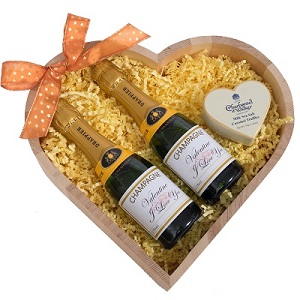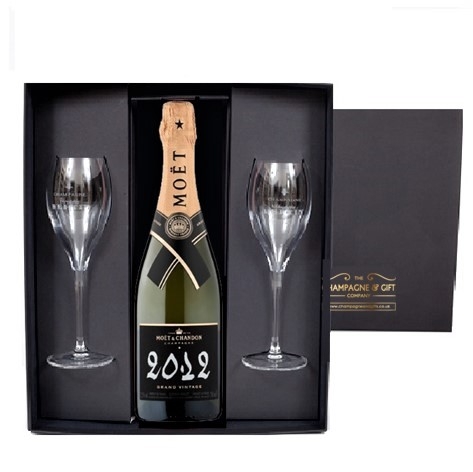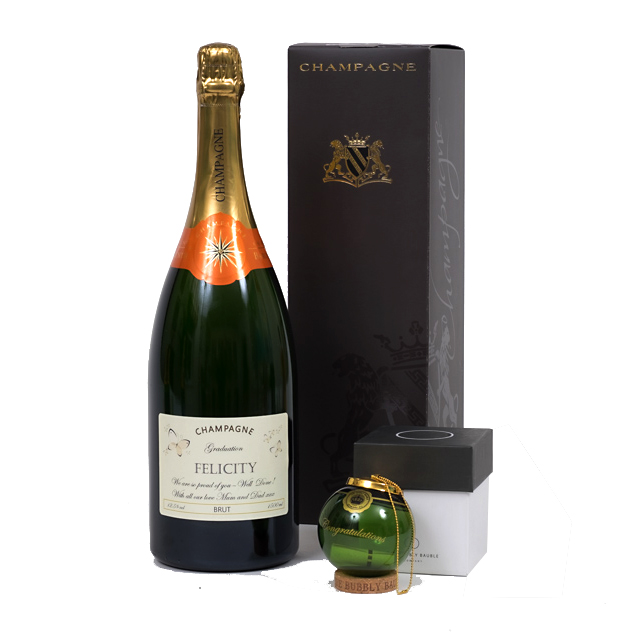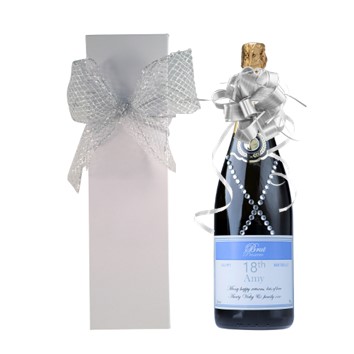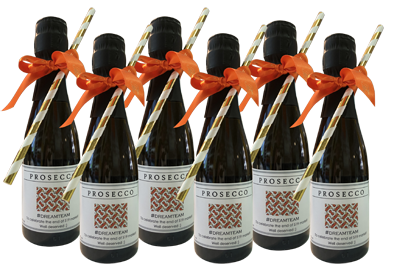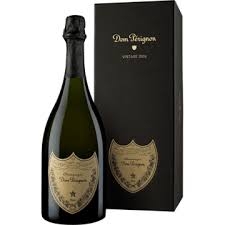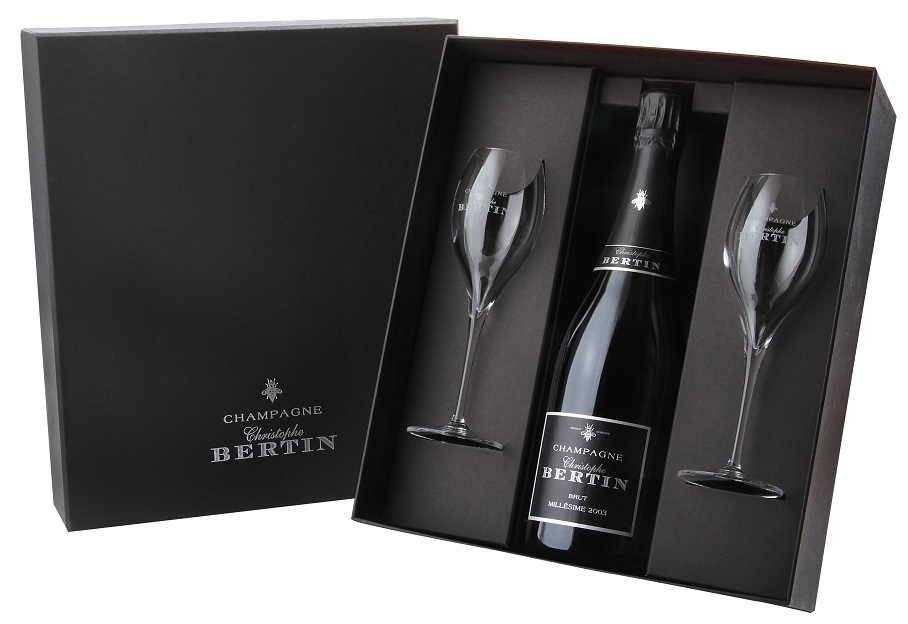
Champagne - A Brief Guide & Useful Terms and Words
Champagne is the most prestigious sparkling wine in the world made only from grapes grown on the chalky soils in Champagne, the most northerly of France's wine regions. We understand that some Champagne terminology can be confusing and have compiled a brief guide with a list of terms to easily guide you through your Champagne experience! For any other questions, feel free to contact us on [email protected] or 0800 849 7849

Recent Good Vintages 2008, 2006, 2002, 2000, 1999, 1998, 1997, 1996, 1995, 1993, 1992, 1991, 1990 A group of growers that blend the product of their collective vineyards to sell under one or more brands.
Blanc de Noirs
Demi-sec
Extra Brut
Extra dry
Fermentation
Lees
Liqueur de Tirage
A yeast and sugar mixture added to still wine to begin a second fermentation.
Riddling
The process of turning and tilting bottles of sparkling wine in order to move sediment into the neck of the bottle so that it can be removed.
Pinot Noir Grapes
Pinot Meunier Grapes
Grand Cru & Premier Cru
Methode Champenoise

Champagne Co-operatives
RM : Récoltant manipulant. A grower who makes and sells Champagne under their own label, from grapes exclusively sourced from their own vineyards and processed on their own premises.
RC : Récoltant-coopérateur. A cooperative-grower who markets co-operative produced Champagne under their own label.
CM : Coopérative de manipulation. A wine co-operative that markets Champagne made from the grapes of members.
SR : Société de Récoltants. A family firm of growers that makes and markets Champagne under its own label, using grapes sourced from family vineyards.
These initials form part of Champagne labelling requirements and must be used on every bottle of Champagne.

The Champagne & Gift Company
Sending Gifts Around The World
Sourcing from top producers we pride ourselves on the quality, taste and smoothness of our Champagne. |
The Champagne and Gift Company
Leading supplier of personalised Champagne and Branded Champagne gifts

